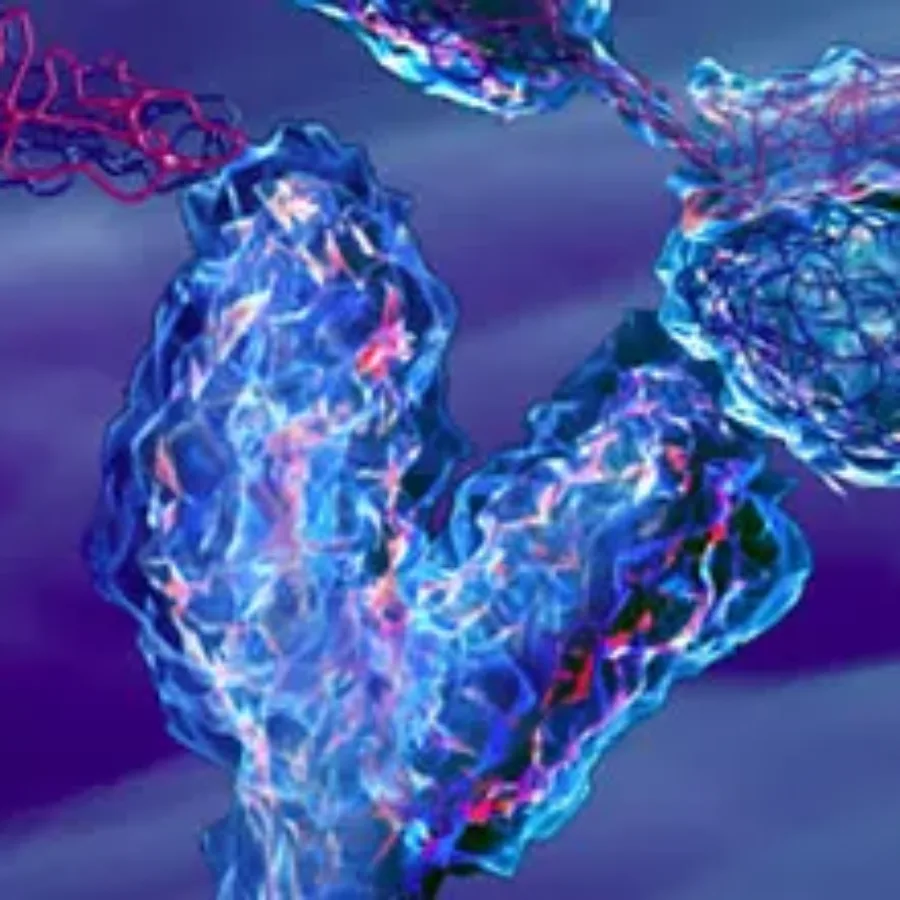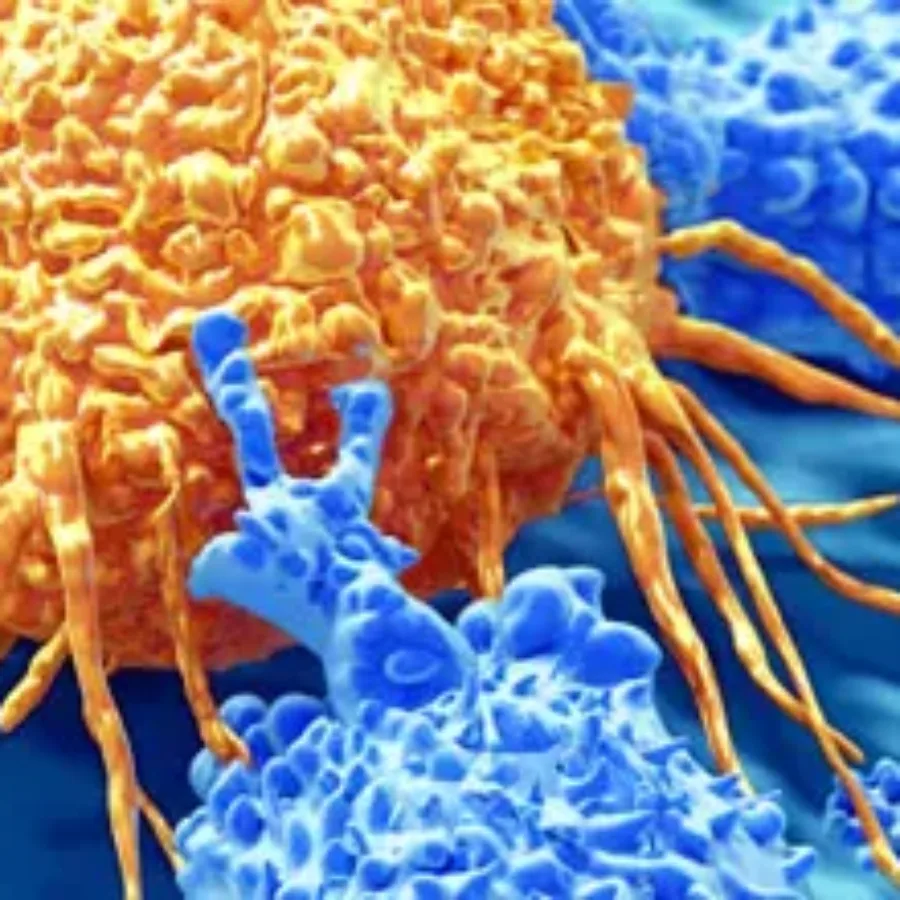 Blogs
Blogs
Biomarker is a broad term and can mean so many different things depending upon the scientific discipline. For Bioanalytical biomarker analysis – and specifically for CROs equipped with 9 different platforms to measure biomarkers and a cell culture suite with up to 19 color flow cytometry all under one roof…
 Blogs
Blogs
Biomarker are key drivers in the drug development process. Frequently, developing a panel of biomarkers to test a particular mechanism or hypothesis is critical to the success of a drug. At KCAS, we develop assays for custom panels or individual biomarkers based on client needs and can also assist with…
 Blogs
Blogs
The bioanalytical landscape for support of biopharmaceuticals (biologics or large molecules) and biomarker testing is an ever changing map. The industry is currently focused on low level sensitivity, data integrity, and compliance with the…
 Blogs
Blogs
If you’re running a clinical or preclinical study, there are many components that you need to think about, plan, and execute. One is “what the heck do I do with these samples we’re collecting”…
 Blogs
Blogs
As the Bioanalytical support for drug development continues to grow, more and more scientists are requiring more complex assays. Two examples are cell based assays and what we refer to as live cell assays.
 Blogs
Blogs
Immuno-oncology is a growing field. The goal is to augment the patient’s immune system to attack the cancer cells. The current lines of treatment for cancer are radiation, chemotherapy, and surgical resection. If these treatments do not work, physicians can seek alternative treatments, such as immune-oncology therapeutics. Two emerging immune-oncology…
 Blogs
Blogs
KCAS is the first GLP laboratory to qualify all 54 biomarkers offered as a V-Plex (Validated Plex) by MSD. The a la carte style allows for customization of panels that will fit the exact…